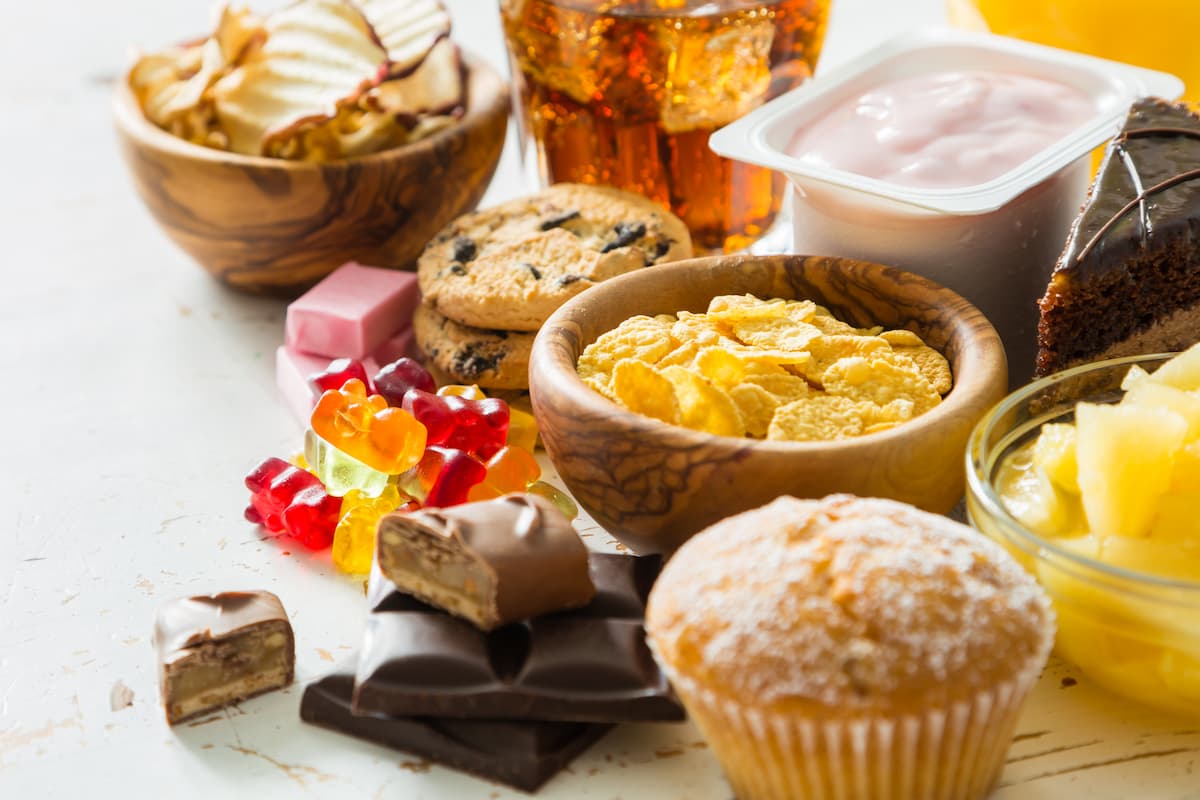- Clinical Technology
- Adult Immunization
- Hepatology
- Pediatric Immunization
- Screening
- Psychiatry
- Allergy
- Women's Health
- Cardiology
- Pediatrics
- Dermatology
- Endocrinology
- Pain Management
- Gastroenterology
- Infectious Disease
- Obesity Medicine
- Rheumatology
- Nephrology
- Neurology
- Pulmonology
Candy, Pastries a Gateway to Higher Unhealthy Food Intake among Adolescents, New Study Finds
Findings show that increased consumption of candy among adolescents was linked to a 31% increase in intake of all other ultraprocessed foods.

Certain ultraprocessed (UPF) foods—particularly candy, prepackaged pastries, and frozen desserts—may lead adolescents to increase their intake of other unhealthy foods, according to a recent study presented at the American Heart Association’s (AHA) Hypertension Scientific Sessions 2022, held September 7-10 in San Diego.
Among the identified “gateway” UPF foods, lead researcher Maria Balhara reported that increased consumption of candy among participants aged 13-19 years was associated with a 31% increase in intake of all other UPFs, as did consuming more frozen desserts (11%) and pastries (12%).
Being a 16-year-old herself, Balhara has a unique perspective on adolescent eating habits. Balhara conducted the study while dual-enrolled at Broward College and Cooper City High School in Florida.
“Ultra-processed foods are designed to be hyper-palatable, or engineered to be as addictive as possible,” said Balhara, in an AHA press release. “They’re also cheap and convenient, which makes them hard to resist.”
UPFs comprise more than 60% of American’s daily calorie intake, which is especially concerning when coupled with previous research that has associated high consumption of UPFs with hypertension, weight gain, increased risk of cardiovascular disease, and premature death, according to the AHA.
Balhara asked 315 teenagers (mean age, 16.2 years; 42% male) in Florida how often they consumed 12 UPFs during the previous 8 weeks over 2 time periods—before the pandemic in 2019 and after COVID-19 restrictions were eased in 2022—using a survey she developed called the Processed Intake Evaluation (PIE).
UPFs included prepackaged cookies, candy, chips, chocolate, energy drinks, frozen desserts, soda, store-bought pastries, store-bought smoothies, syrup-sweetened coffee or tea, white bread, and processed meat. Participants were separated into 2 groups based on whether they increased (UPF+) or decreased (UPF-) their UPF intake.
According to the results, 43% of participants increased their consumption of UPFs between 2019 and 2022. Encouragingly, 57% of adolescents decreased their intake of UPFs during that time.
In the UPF+ arm, increased intake of candy, store pastries, or frozen desserts was associated with increased UPF intake across all other UPFs (+31.2, +12.0, or +10.5 respective change in PIE score, p<.01). In the UPF- group, reduced intake of biscuits, white bread, or processed meat was associated with decreased overall UPF intake across all other UPFs as well (-9.6, -9.4, -8.6 respective change in PIE score, p<.01).
“These results indicate that for adolescents whose consumption of UPFs has not yet been established, certain gateway UPFs (candy, store pastries, and frozen desserts) should be given priority for preventive dietary interventions since increased intake in these UPFs leads to consumption of all other UPFs as well,” concluded Balhara. “In contrast, if an adolescent's UPF eating is already established, other UPFs (biscuits, white bread, or processed meat) can be targeted by dietary interventions as they decrease intake across all other UPFs.”
